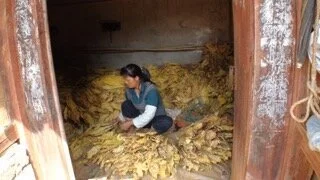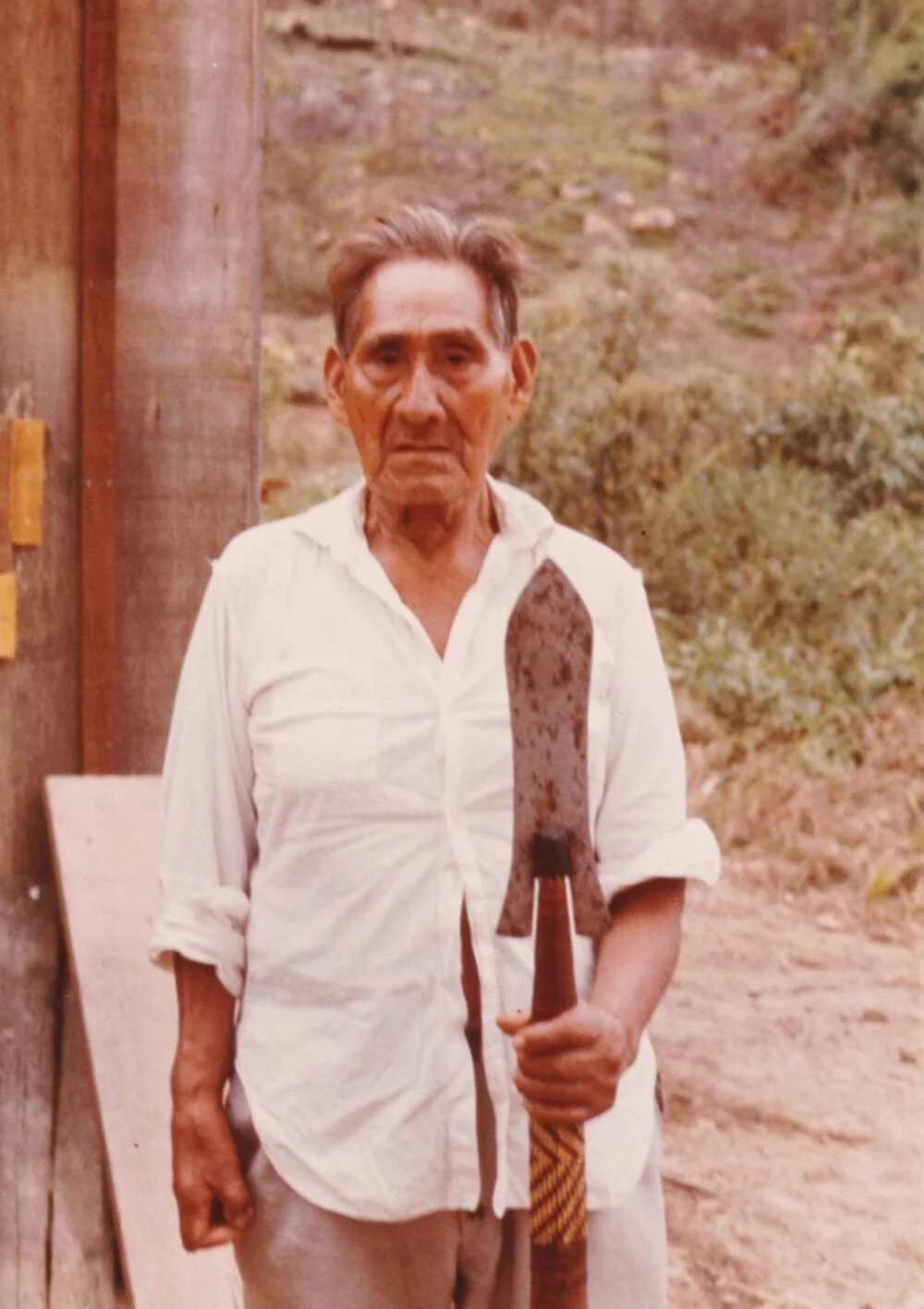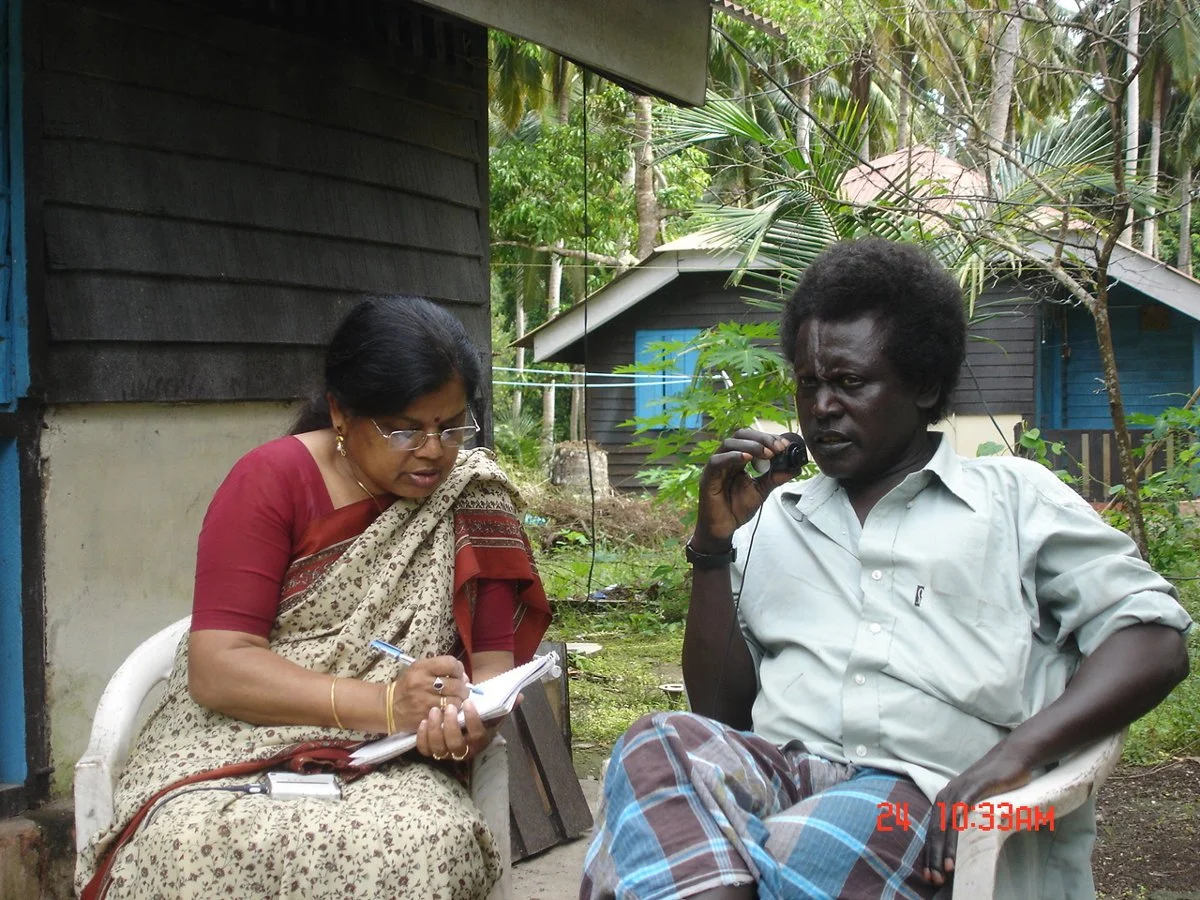STORIES
PITE SAAMI
The Nuances of Reindeer
Speaker: Anders-Erling Fjällås
Videographer: Joshua Wilbur
Recorded: 5th April 2010, near Plävtesjåhkå, Árjepluovve (Arjeplog), Sweden (66°15′ N, 17°35 E) as part of the Pite Saami Documentation Project, funded by the Hans Rausing Endangered Languages Project
Languages used: Pite Saami, Swedish
Archived at: Endangered Languages Archive at SOAS University of London, “Pite Saami: Documenting the Language and Culture,” pit100405b, Depositor: Joshua Wilbur
Financial support has come from the Hans Rausing Endangered Languages Project (www.hrelp.org), Arjeplog Municipality and Duoddara Ráfe Pite Saami Center.
September 27, 2016
Joshua Wilbur
Albert-Ludwigs-Universität Freiburg
Freiburg Research Group in Saami Studies
Pite Saami is one of ten Saami languages still spoken across northern Europe in Norway, Sweden, Finland and the Russian Federation, in a large territory known as Sápmi, the Saami homeland. As a Uralic language, it is distantly related to Finnish and Hungarian, but also related to many indigenous languages spoken as far away as Siberia. It is a critically endangered language currently only spoken by a handfull of individuals in and around the Arjeplog municipality in Swedish Lapland. Pite Saami is also sometimes referred to as Arjeplog Saami, although speakers themselves typically just say ‘Saami’.
The Pite Saami language and its people have been in close contact to North Germanic languages and culture for hundreds of years. However, this contact has been particularly close over the course of the last century. During this time, Swedish and Norwegian state policies as well as related general majority culture attitudes have driven Pite Saami identity to be marginalized. One major result of this kind of colonization has been that Pite Saami native speakers stopped passing down the language to their children, and this break in generational succession has resulted in an ever dwindling language community.
While Pite Saami has never had any significant written-language tradition, a number of Pite Saami texts exist thanks to the efforts of linguists from as far back as the late 1800s. Swedish state archives have preserved a number of recordings as well, and my own work with the language has resulted in more than 60 hours of relatively new recordings, some of which also use video as a medium to capture more than just the spoken word. In 2016, the first Pite Saami dictionary was published; it includes translations into Swedish and English, while also providing a set of spelling rules.
In recent years, subtle but positive changes in the acceptance of Pite Saami as a language, culture and identity have occurred. Interest in the language has increased, and outward signs of its acceptance can be seen in such things as Pite Saami signage in public spaces or the Saami cultural week that takes place every autumn in Arjeplog. A Saami language center is being planned in Bodø/Norway, which is in Pite Saami territory, and recently a working group was initiated to gather resources from both sides of the Swedish-Norwegian border in support of the language. However, a lack of significant teaching materials and teachers continues to be a significant challenge the language is faced with.
The success of such activities is vital to the survival of the language over the coming years.
My own work with Pite Saami began in 2008. Since then, I have spent more than two years on site working with Pite Saami speakers, who have generously allowed me to participate in their everyday lives while documenting and preserving their language. Fortunately, a number of external funding sources also understand the importance not only of documenting but also of continuing to support endangered languages since these provide insight into the unique cultural and linguistic variety in a world all too often dominated by majority languages and cultures. In my particular case, financial support has come from the Hans Rausing Endangered Languages Project, Arjeplog Municipality and Duoddara Ráfe Pite Saami Center. Currently, the German Research Foundation is funding my continued research on the Pite Saami language as part of the Freiburg Research Group in Saami Studies at the University of Freiburg. An on-line Pite Saami wordlist can be found at saami.uni-freiburg.de/psdp/pite-lex, and a Pite Saami dictionary was published in the Samica series.
In this video, Anders-Erling is in the woods with some of his reindeer. In his narrative, he highlights some of the features used to distinguish individual reindeer from one another, and also talks about how one of the tame reindeer bulls (named Násste ‘star’) only approaches him if he has lichen to entice it with (as shown at the end of the video). The language used by reindeer herders is a particularly rich concerning the description of phenomena relevant to reindeer husbandry (as with the jargon used in any specific craft). For this reason, as Anders-Erling points out, language is a useful tool when working with other reindeer herders during round-up activities. This video was recorded during girradállve or ‘spring-winter’, a particularly pleasant season towards the end of winter when days are long, the weather is stable and relatively warm, but the snow and ice ensure that movement through the subarctic landscape remains essentially unrestricted.
CONTINUE READING STORIES


















